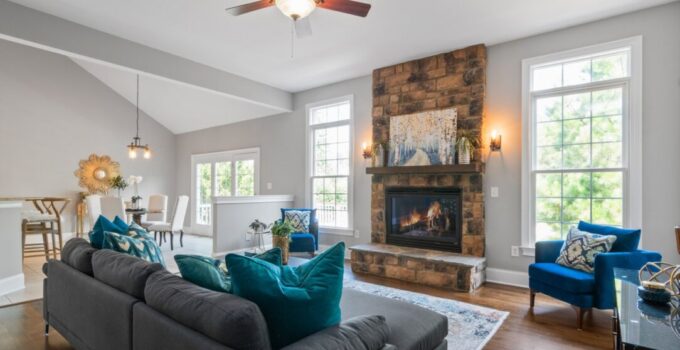The living room is often one of the most important rooms of the home – providing a gathering place for friends and family, while simultaneously setting the mood and tone of the rest of the house. Upgrading a living room isn’t as expensive as, say, remodeling a kitchen, but it can be costly if you aren’t careful. Fortunately, there are a number of strategies that can help you improve the look, feel, and function of your living room without draining your budget.
How to Upgrade a Living Room on a Budget
These are some of the best ways to upgrade your living room with limited funding:
1. Know your budget in advance.
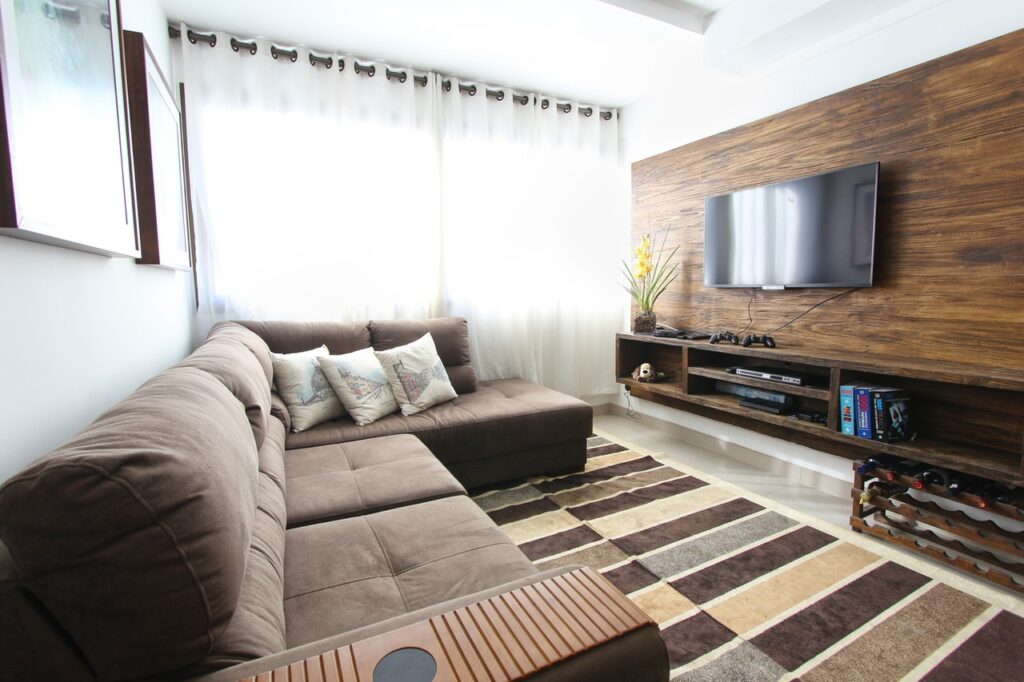
Source: pexels.com
You know you have limited capital available, but how much money can you really afford to spend? Setting a budget in advance will help you plan your upgrades so you don’t run out of money prematurely or accidentally overextend yourself financially. Take inventory of your current savings, your current income, and the true value of an upgraded living room. Can you save some extra money in the next few months to expand your budget a bit further? Or do you want to spend as little as possible while still getting a new living room experience? When you reach a firm number, write it down so you’re not tempted to change it over time.
2. Choose the right fireplace.
A fireplace can bring literal warmth to your living room while also adding a beautiful aesthetic touch – and there are dozens EZRGof modern options to choose from. According to eFireplaceStore, modern fireplaces aren’t just cleaner, safer, and more beautiful than their older counterparts – they’re also less expensive. Whether you’re interested in the traditional crackle of a wood burning fireplace or the clean-burning efficiency of a gas fireplace, you can upgrade your living room for just a few thousand dollars.
3. Deep clean.
You might already clean your living room regularly, but it’s likely overdue for a deep clean. Move all the furniture and vacuum and steam clean the carpets. Wipe down the walls. Dust everything – including all those hard-to-reach nooks and crannies that you avoid. You might discover an entirely new living room underneath all the dirt, dust, and grime.
4. Paint.
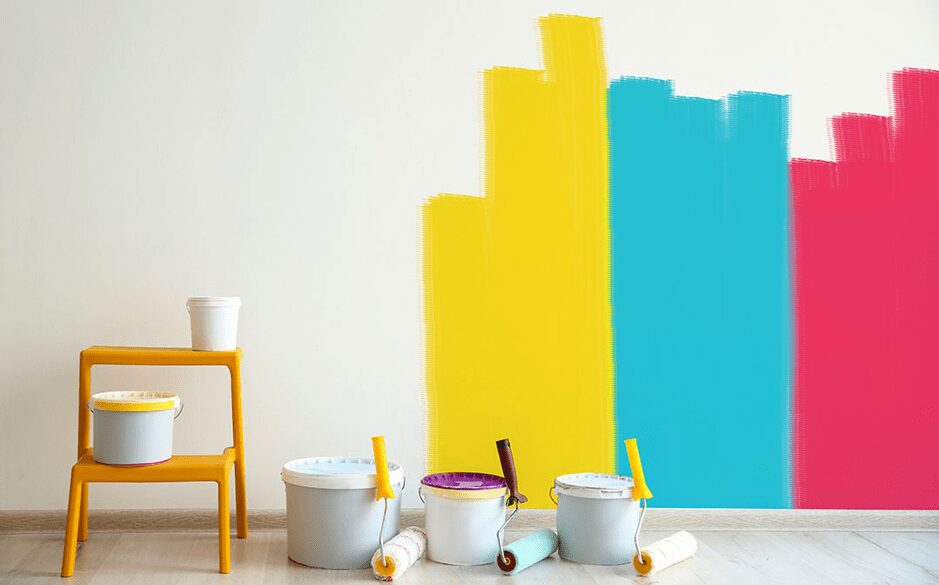
Source: nipponpaint.co.in
A fresh coat of paint can change the entire dynamic of your living room, while simultaneously making it look new, refreshing, and clean. Choose a color that defines the mood you’re hoping to establish; a bright, energetic color can make the room vibrant and help it stand out from the rest of the house, while a calm, neutral color can make it more relaxing. There are no right or wrong answers here. Paint is relatively inexpensive. If you hire a painter, you can likely paint the room for just a couple hundred dollars. If you do the work yourself, you can get away with paying even less.
5. Accent.
While you’re at it, consider bringing some new, exciting accents to your room. If you paint most of the room one color, consider painting one wall of the room a different color, or using that different color to highlight shelves, window frames, or other elements in the room. Small splashes of color can really complement the rest of the room – and it won’t cost much to do it.
6. Invest in minimal wall décor.
People’s eyes are often drawn to the wall, so it pays to have some décor to hold their attention and flesh out your aesthetic vision for the room. That said, art and other pieces of décor can be expensive – so choose only one or two strong pieces to capture the energy you want to cultivate in the room.
7. Choose one or two central pieces of furniture.
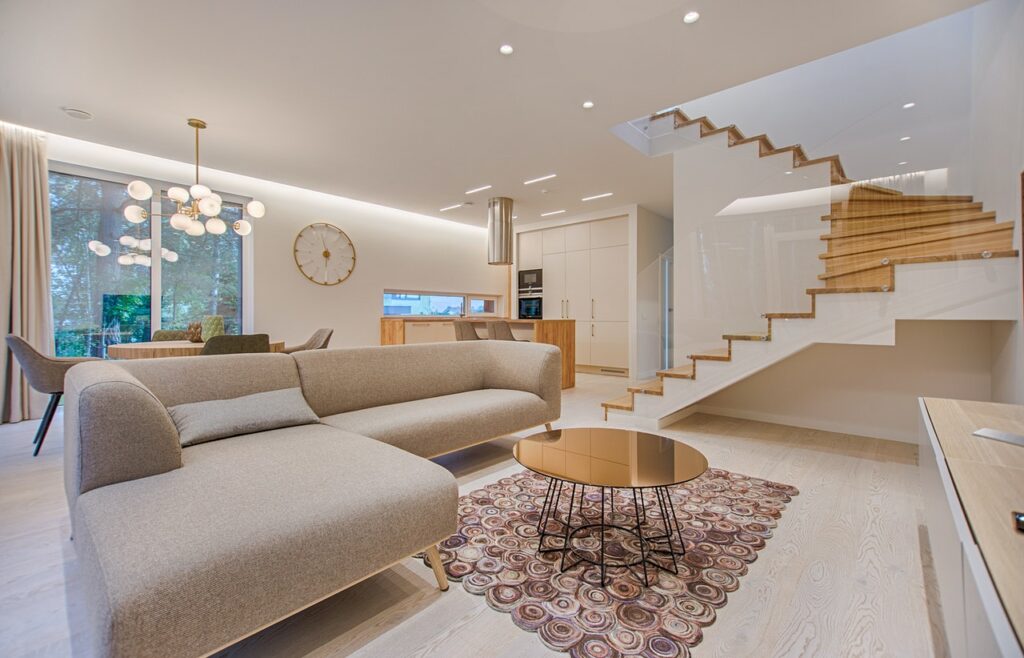
Source: pexels.com
One of the most expensive upgrades for a living room is furniture. If you’re looking for a set of top-of-the-line furniture, you could end up paying thousands, or even tens of thousands of dollars. But you don’t need to do that to make your living room more inviting; sometimes, even one good piece of furniture is all it takes to define a room. Find a landmark piece (or two) to give your room the energy it needs.
8. Rearrange the furniture you do have.
Even if you don’t buy any new furniture, you can often make your living room seem more spacious and more welcoming by simply rearranging what you do have. Try to create focal points throughout the room to highlight its best features – and move furniture to allow plenty of space for people to move around in.
9. Leave room for further additions.
A major living room upgrade can give the room a facelift, changing how you see it and how you feel in it. but you’ll likely want to make gradual tweaks to the setting over time to keep things fresh. Whatever upgrades you plan, make sure you leave room for further additions and changes in the future. For example, you don’t want to select a series of furniture additions that make it impossible to fit anything else in the room.
10. Lean heavily on plants.
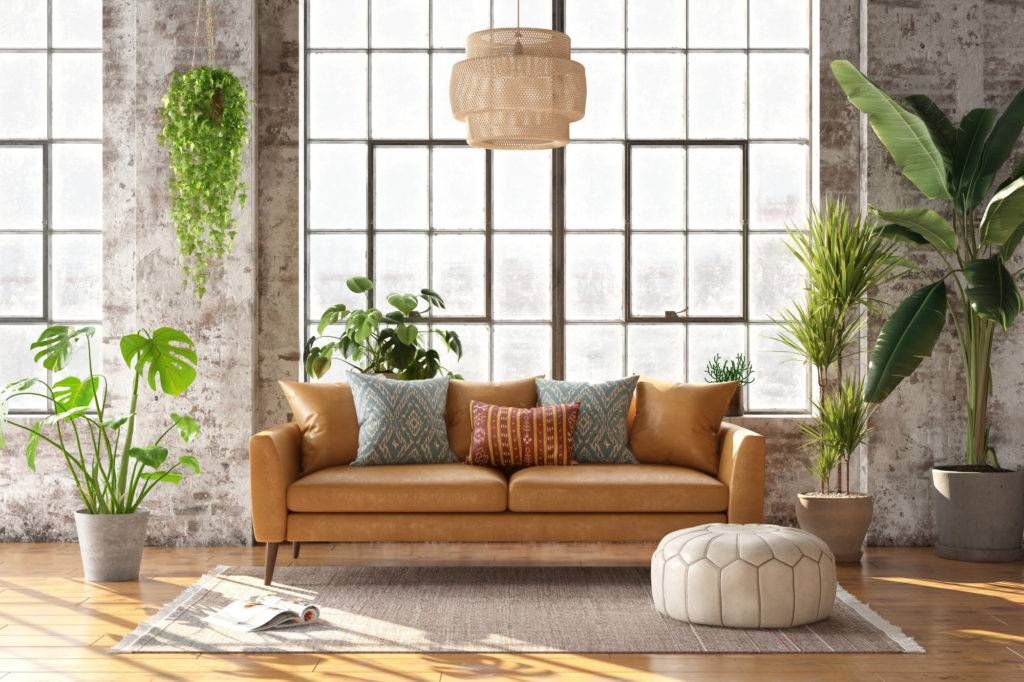
Source: trendyfikation.com
Did you know that plants are effective deterrents for anxiety and depression? There are competing hypotheses for why this is the case, but looking at plants and greenery triggers relaxation and happiness in human beings. If you outfit your living room with more plants, you can instantly make it more welcoming, more comfortable, and more relaxing. Best of all, most houseplants are inexpensive – and you can even invest in artificial plants if you don’t feel like messing with ongoing maintenance.
Moving to Other Rooms
After upgrading your living room, you might be interested in improving the other rooms of your house in similar fashion. While kitchen and bathroom renovations can get expensive, there are strategies for every room of your home to improve appearance and functionality – while still keeping a tight leash on your expenses. Get creative and see what works for you!

